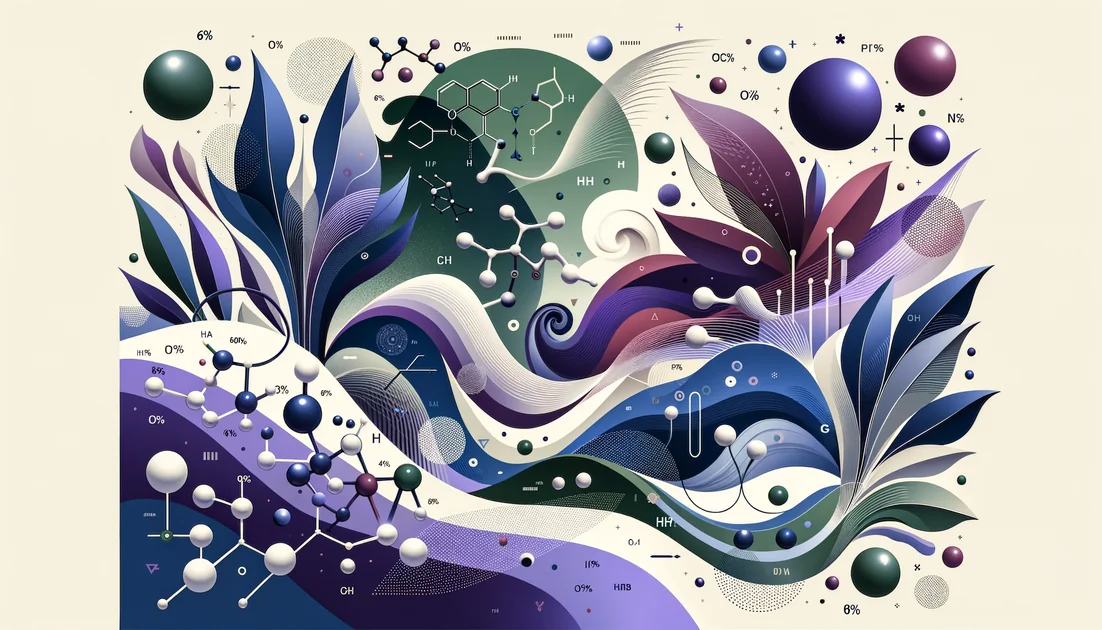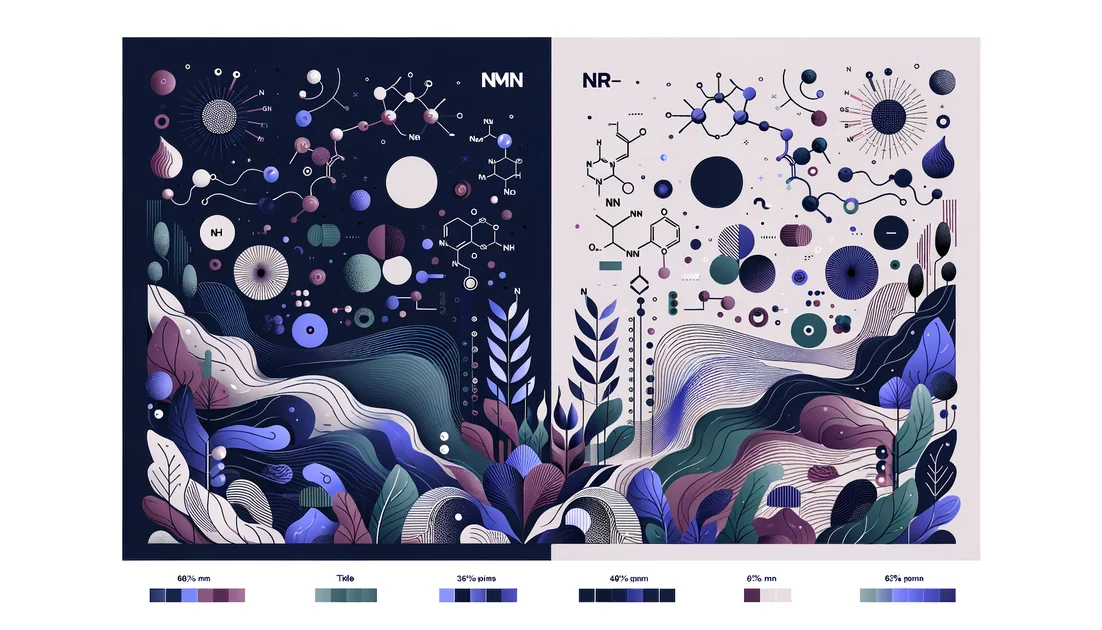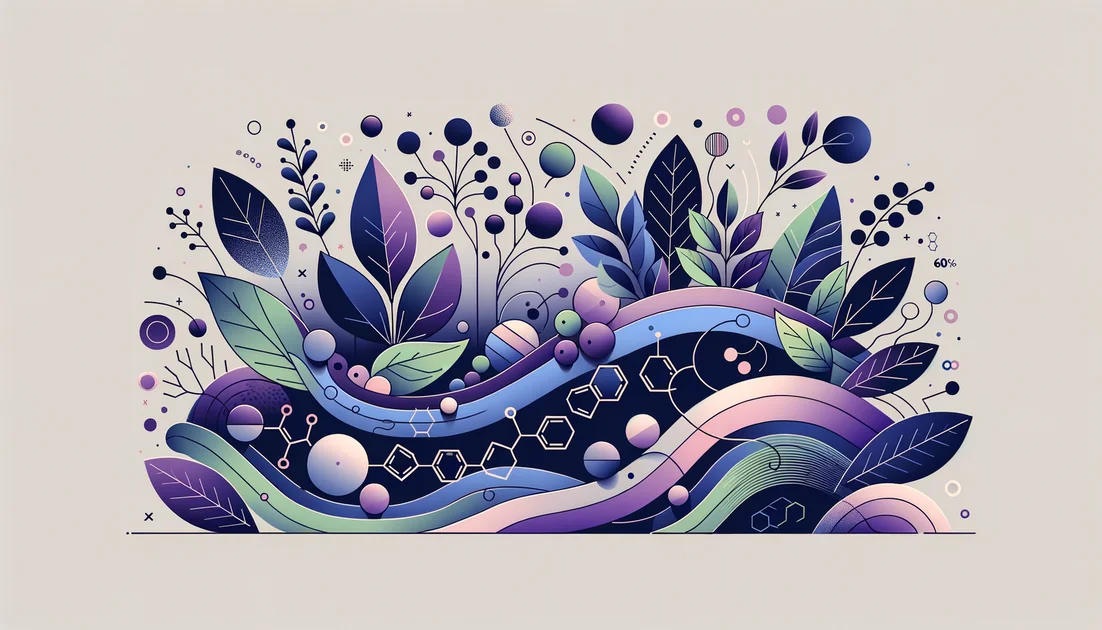
The Yellow Thread: How a Plant Pigment Rewove the Story of Failing Sight
Open an anatomy book and you'll find a tiny golden island at the center of the retina: the macula lutea—literally, the "yellow spot." In 1985, chemists finally identified the dye that paints it: lutein and its sister zeaxanthin, pigments our bodies cannot make but somehow ferry from food to the eye's bullseye. That discovery would upend how we try to save vision in aging eyes. [1]
- Evidence
- Robust
- Immediate Effect
- No → 8–12 weeks for skin and blood levels; 6–12 months (and beyond) for macular pigment and vision endpoints
- Wears Off
- Gradually over months after stopping
The day the macula turned from mystery to map
The macula's color isn't decoration—it's strategy. Those yellow pigments sit like natural sunglasses, absorbing harsh blue light and soaking up the reactive by-products of vision before they can scorch fragile retinal cells. As one vision scientist put it, when too much high-energy blue light hits the retina "you're kind of rusting as you get old." [1][2] Once researchers pinned the macula's tint to lutein and zeaxanthin in 1985, the hunt began: could restoring that pigment change the trajectory of age-related macular degeneration (AMD)? [1]
A quiet revolution: swapping orange for yellow
The first big clinical answer arrived through the NIH's landmark AREDS trials. The original formula relied on beta-carotene—another orange plant pigment—but later evidence linked high-dose beta-carotene to increased lung cancer risk in smokers. So in AREDS2, scientists replaced beta-carotene with lutein and zeaxanthin, the very pigments concentrated in the macula. Ten-year results did more than reassure—they redrew the playbook. Participants assigned lutein/zeaxanthin instead of beta-carotene had a further reduction in progression to late AMD, and the beta-carotene–related lung cancer signal vanished. "These results confirmed that switching our formula from beta-carotene to lutein and zeaxanthin was the right choice," said study lead Emily Chew, MD. [3][4] In an interview reflecting on the data, Chew explained the paradox that startled medicine: the nutrient we'd long trusted (beta-carotene) doubled lung cancer risk in former smokers, while the macular pigments didn't—and the new formula worked better. [5]
Late-stage surprise: slowing the march toward the center
For years, doctors told patients with late "dry" AMD (geographic atrophy) that supplements likely wouldn't help. In 2024, NEI researchers re-examined thousands of original retinal scans and found a striking pattern: in people whose atrophy began away from the central fovea, AREDS2 supplements slowed the atrophy's creep toward central vision by about 55% over three years. "These findings support the continued use of AREDS2 supplements by people with late dry AMD," said lead author Tiarnan Keenan, MD, PhD, who also noted plans to confirm the result in a dedicated trial. [6]
A human face: "I got my independence back"
Not all evidence arrives as a p-value. In a patient story archived by the American Macular Degeneration Foundation, Norah describes the wavy lines that stole her reading and confidence—and the slow of steadier vision after months on a macular pigment supplement, enough to resume driving and daily life. Anecdotes aren't trials, but they remind us what the statistics are for: lives lived in the small print of labels, street signs, and loved ones' faces. [7]
The egg yolk twist: less pigment, more delivery
Here's another surprise. Spinach brims with lutein, yet a well-designed trial in men found that the lutein you absorb from an egg yolk beats what you get from spinach or even some supplements. Fat in the yolk acts like a shuttle, helping the pigment slip through the gut's oily gateways into the bloodstream. [8] In larger studies using lutein-enriched eggs or egg-yolk beverages, blood levels of lutein climbed substantially within 6–12 weeks—though changes in the macular pigment itself can take longer and may require higher or sustained intake. [9] If you do take a supplement, the clinically tested AREDS2 amounts are specific: 10 mg lutein and 2 mg zeaxanthin daily, alongside vitamins C, E, zinc and copper. You won't hit those targets with a multivitamin or diet alone—check labels. [11]
Beyond the eye: skin and brain hints
Lutein doesn't stop at the retina. In a placebo-controlled crossover trial, 12 weeks of lutein reduced the skin's molecular "alarm" after UVA exposure, suggesting a whole-body photoprotective role. Think of it as tinting for your skin's windows. [10] In the brain, early trials are probing whether boosting the same pigments that enrich the macula can also nudge attention and memory. A 2023 pilot in multiple sclerosis didn't show a group-wide cognitive change, but individuals who built more macular pigment tended to perform better on demanding attention and spatial memory tasks—breadcrumbs that justify larger studies. [12]
Ancient flowers, modern science
There's poetry in the supply chain too. The brilliant marigold, Tagetes erecta—central to Mexico's Day of the Dead altars—now provides most of the world's supplemental lutein. European regulators have re-evaluated these marigold-derived extracts as food color E161b and affirmed safe intake levels, while also authorizing their use to color egg yolks and poultry skin via feed. Old petals, new purpose. [13][4][14]
How to make the yellow work for you
If you have intermediate AMD (or certain late forms), ask your eye doctor about the AREDS2 formula—not generic "eye vitamins." Evidence shows it slows progression, and recent analyses suggest it may delay central vision loss even in many with late dry AMD. [3][6][11]
Take lutein with a meal that contains some fat, or include naturally rich, fat-containing foods like eggs and avocado to improve absorption. [8]
Expect a marathon, not a sprint: blood levels rise in weeks, but meaningful changes in macular pigment and function accrue over months to years—the same timescale AMD unfolds. [3][9]
The yellow thread, continued
The story of lutein isn't that a supplement "cures" vision loss. It's that a plant pigment our ancestors ate with every leaf and yolk can be guided back to the eye that evolved to use it—absorbing glare, calming oxidation, and, in rigorous trials, slowing a disease that dims the center of the world. That's not flashy. It's patient, bright work—like embroidery, stitch by stitch, restoring the picture. [3][6]
Key takeaways
- •Lutein/zeaxanthin form the macula's yellow filter, absorbing blue light and quenching oxidative by-products to protect retinal cells.
- •AREDS2 confirmed replacing beta-carotene with lutein/zeaxanthin reduced progression to late AMD and avoided the lung-cancer signal seen with beta-carotene in ever-smokers.
- •In late dry AMD with extrafoveal geographic atrophy, AREDS2 supplements slowed atrophy's march toward the fovea by about 55% over three years.
- •Practical dose used in AREDS2: lutein 10 mg + zeaxanthin 2 mg daily, paired with vitamins C, E, zinc, and copper—check labels for those exact amounts.
- •Take with a meal containing fat (eggs, olive oil, avocado) to improve absorption; avoid legacy beta-carotene formulas, especially if you smoke or formerly smoked.
You might also like
Explore more of our evidence-led investigations, comparisons, and guides across every article style.

Life Extension
Life Extension's paradox: quality-control muscle, request-only proof, and a cleaned-up regulatory trail

β-Nicotinamide Mononucleotide (NMN) vs Nicotinamide Riboside (NR, as NR chloride)
If you want the most standardized, widely available NAD+ booster with strong human data on NAD+ raising and safety, choose NR. If you're working with a clinician or enrolling in NMN trials, pharmaceutical-grade NMN can also raise NAD+, but retail NMN faces regulatory and quality issues. [1][2][5][8][11][13][14][16]

Best for Blood sugar control
Berberine 500 mg 2–3×/day (HbA1c −0.6% to −0.75%).

Resveratrol
A TV segment in 1991 suggested the French owed their strong hearts to red wine. The world raised its glass. Yet the compound most blamed for the magic—resveratrol—exists in wine at whisper-levels, far below doses used in studies. So what does resveratrol really do, and for whom?

The Immune Vision Duo: Unlock What's Stuck
Context-dependent synergy: proven in deficiency settings (especially for persistent diarrhea and pregnancy night blindness), but additive or null elsewhere.

Tocotrienols
The stealthier cousins of vitamin E—built with springy tails that move differently in cell membranes and behave differently in your body.


